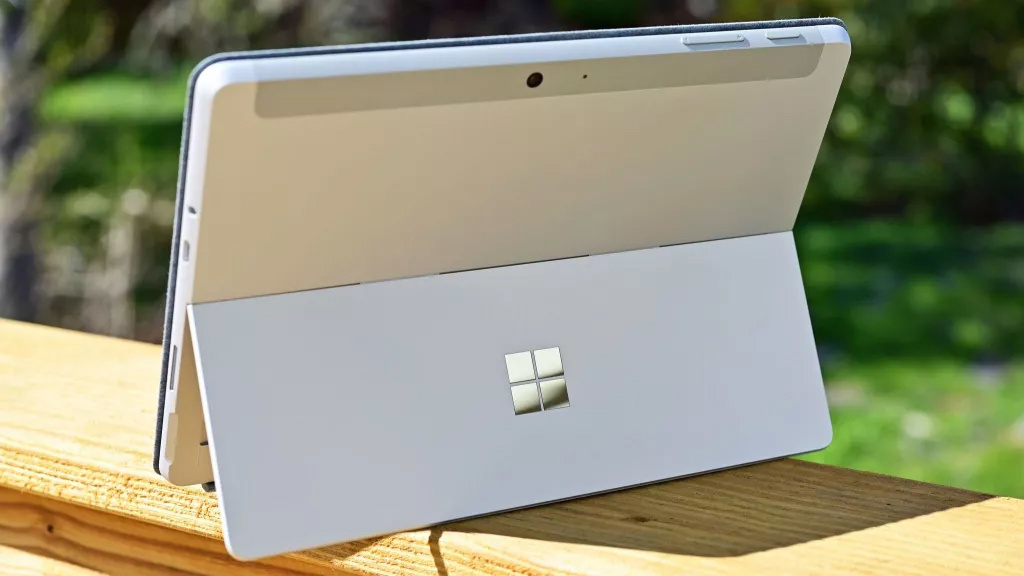Igeekphone August 4 news, according to foreign technology media Windows Central reported that Microsoft has postponed the release of the ARM version of the Surface Go product plan.

IGEEKPHONE reported in April this year that Microsoft is developing the Surface Go 4 internal code name Tanta, the entry-level model will be equipped with Snapdragon 7C-based SoC, performance is similar to the current Surface Go, but higher energy efficiency, longer battery life.
The media outlet has learned from sources that Microsoft has delayed the device code-named Tanta, and instead launched the Intel-powered Surface Go for enterprise users.
The new Surface Go will be powered by an Intel N200 processor, which will be more powerful and consume less power than the current top-of-the-line Surface Go, which uses the Core i3-10100Y.

The processor offers four energy efficient cores (E-cores, Gracemont architecture) up to 3.7 GHz. The performance of the E kernel should be similar to the old Skylake kernel (compared to the Core i7-6700HQ). All kernels can use up to 6 MB L3 cache.
The Alder Lake-N chip supports only the highest DDR5-4800, DDR4-3200, or LPDDR5-4800 single-channel memory. The chip also supports fast synchronization and AV1 decoding (most likely the same engine as in Alder Lake). In addition, there is partial integration of Wi-Fi 6E and Bluetooth 5.2 (but no Thunderbolt). External chips can be connected via PCIe Gen3 x9 (via PCH).
The integrated graphics adapter is based on the Xe architecture and offers all 32 EU (execution units), operating at only 450-750 MHz. Gaming performance of the iGPU is very limited due to single-channel memory, low frequency speed, and low stream processor count.
The N200’s basic power consumption is only 6 W, making it suitable for fanless cooling. The CPU is built with Intel’s further improved 10nm SuperFin process, known as Intel 7.









